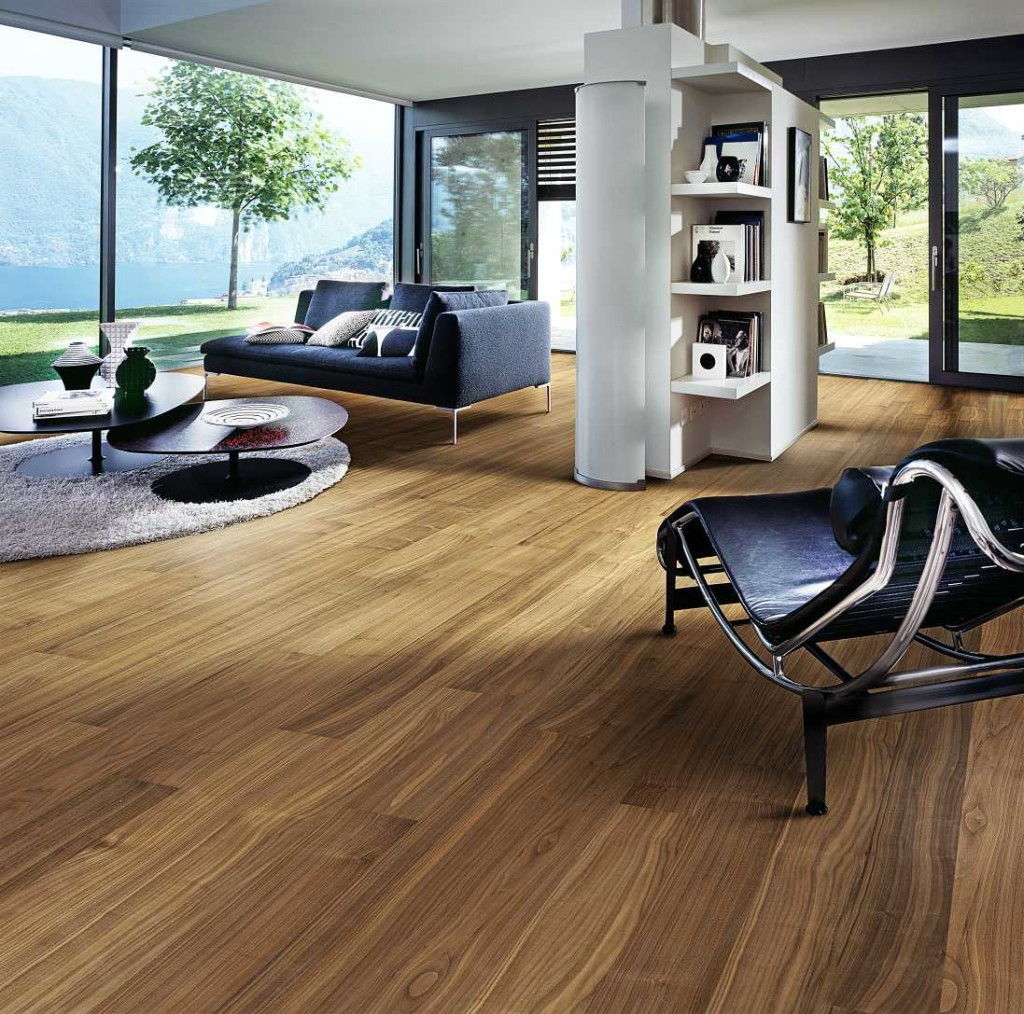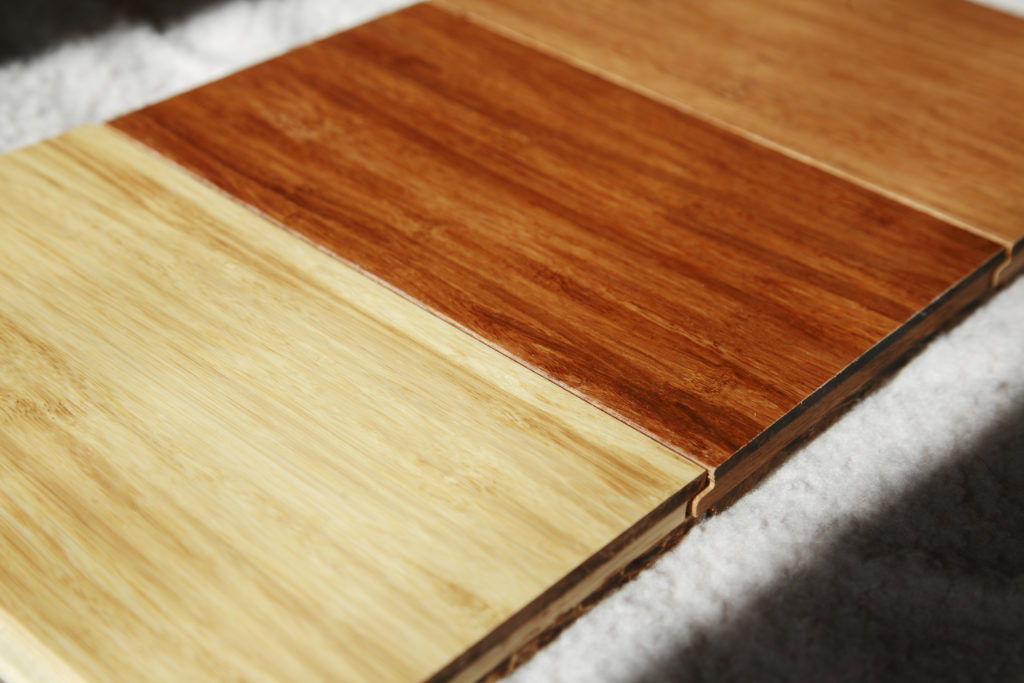Here below yow will discover some helpful data with regards to How To Install Bamboo Flooring.

Bamboo flooring is famous for numerous home owners due to its benefits. It is durable as well as readily available in different shades, from light blonde to abundant espresso. It can be subject to staining to match any type of decoration. It has actually ended up being the major choiced floor for organization and also house owners whenever there is requirement for sustainability.
Bamboo just like timber, is vulnerable to damages as well as cracking when humidity degrees fluctuate.
Are you believing concerning bamboo flooring for your home? Then, matter yourself lucky because this write-up will show you whatever you require to recognize. We will certainly review its attributes to consider. We will also discuss the different kinds of bamboo flooring offered on the market. Keep reading!
Sorts Of Bamboo Flooring
There are three basic alternatives: strand-woven, vertical, and horizontal. Home owners can pick which kind of bamboo flooring to buy based on their attributes. The purchaser's designated aesthetic effects the chosen Bamboo flooring kind.
Solid - Vertical Bamboo Flooring
Thin strips of completely dry bamboo wood glued up and down and pressed making use of high warmth and stress develop this type of bamboo flooring.
The thinnest side of the bamboo slabs will certainly remain in an upright form. A firm bonding, pressing, and also lamination will adhere to. Due to their technique of signing up with, the bamboo strips include a slim grain pattern.
The good thing about this kind of bamboo flooring is that it is extremely budget-friendly and also sturdy. It gives a stylish and sophisticated flooring surface. It is not widely readily available.
Strong - Straight Bamboo Flooring
You will observe that this kind is almost the same as upright bamboo flooring. It has a small variant. Horizontal bamboo is just one of the most prominent sorts of bamboo flooring.
It is made by drying out massive strips of bamboo, slicing these bigger items right into thinner strips, and after that gluing them to create planks. The boards will certainly after that be subject to stress and heat to guarantee they are well fastened.
Natural bamboo has a lighter color. While carbonized bamboo will be much less tough than normal bamboo, if you require a darker shade, it might do you great.
Strand Woven Bamboo Flooring
Shredding the bamboo to draw out the fibers is just one of the extra drawing action in creating strand-woven bamboo floors.
The bamboo fiber is often combined with a glue after it's made to a pulp. The material is then weaved and also compressed under terrific heat, as the name recommends.
After making straight and upright bamboo, the strips serve to produce strand woven bamboo. The eco-conscious customer may locate this function appealing. The factor is that it makes sure that the entire bamboo stalk produces really little waste.
Engineered Bamboo Flooring
Both solid and also engineered bamboo flooring choices are offered. As soon as the bamboo wood fits, it isn't simple to compare them.
Their differences are due to their production. Engineered bamboo timber has a slim plywood support.
Whether engineered or solid, bamboo flooring is sturdy, durable, and appealing.
Engineered bamboo flooring utilizes the drifting timber flooring over a thin foam base. They may likewise remain in the type of large planks. They are offered in widths up to 19 cm.
When Choosing Bamboo Flooring, features And Also What to Maintain in Mind
With a multi-layered layer, bamboo flooring will certainly be rather sturdy. Maintain in mind that future touch-ups could need an extra proficient flooring specialist.
Using your surface will certainly make matching repair work less complicated once established up in your residence. The coating will not last as long as manufacturing facility coatings.
Apart from that, right here are some interesting attributes of bamboo flooring.
Sturdy
Bamboo flooring is not developed equal. There are many types of bamboo, and the various methods used to transform it right into planks affect its toughness.
Thus, bamboo, like wood flooring, can end up being susceptible to wear and tear with time. Scraping, breaking, and also other wear and tear might occur. You can additionally sand some bamboo to appear like wood, however not all.
Low-cost Upkeep
You can keep bamboo flooring in good condition by cleaning as well as damp mopping. So in spite of being more susceptible to scrapes, bamboo flooring is very basic to maintain.
You might obtain bamboo floors that are comparable to brand-new by sanding them down and applying a fresh coat of paint.
Eco-Conscious
This flooring comes from a natural plant called the bamboo plant. When compared to other tree types utilized to make hardwood flooring, bamboo grows more and faster.
Bottom Line
It's simple to know why bamboo flooring has actually come to be a lot more favored nowadays. For nearly any type of home, bamboo provides many strong as well as sound solutions for the setting. Bamboo flooring might be the finest option for upgrading your flooring.
We will also go over the different kinds of bamboo flooring available on the market. Home owners can choose which kind of bamboo flooring to purchase based on their qualities. Horizontal bamboo is one of the most preferred types of bamboo flooring.
While carbonized bamboo will certainly be less difficult than routine bamboo, if you need a darker shade, it may do you great. After making straight and vertical bamboo, the strips offer to create strand woven bamboo.
Bamboo Flooring
Manufacture of Bamboo Flooring
Stranded bamboo is made by shredding the bamboo stalks into small strands, which are compressed into sheets using heat and resin binders, then cut into planks to use as building materials. This form of flooring is available both as tongue-and-groove planks that are nailed down, as well as planks that float over the underlayment. This is a premium form of bamboo flooring, available in many colors.
Horizontal bamboo flooring is manufactured by cutting the strands into thin strips which are then glued together to form planks. This type of flooring has a "grain," since the long stalk fibers are visible in the flooring. This type of bamboo is not as hard or durable as stranded bamboo, but it can have a very striking appearance. It, too, is available both in nail-down planks and as floating floor planks.
Engineered bamboo flooring is made by bonding a thin layer of bamboo onto a plywood or MDF core. This flooring is comparable to engineered hardwood and is installed in the same way—usually with click-lock planks that float over a foam underlayment. It is the least expensive (and least durable) form of bamboo flooring, and it cannot be refinished.
Unless it is stained, most bamboo flooring has a natural blonde or amber color that resembles unfinished maple or birch, but darker tones are available through a process called carbonizing, which entails subjecting the planks to high temperatures. While the color can be very attractive, carbonized bamboo is softer than uncarbonized forms, and is more susceptible to scratching.
Eco-Friendliness
Environmentally conscious consumers are often drawn to bamboo as a wholly renewable resource. Unlike the hardwood lumber industry, where trees can take decades to mature, bamboo stalks grow so fast that there is little environmental liability to the harvest practices. Moreover, bamboo stalks that are cut simply continue to grow and replenish themselves so that they can be harvested.
But the manufacturing process creates other environmental concerns. Bamboo floor planks are manufactured by slicing or shredding the stalks of bamboo grass plants and then compressing the pulp back together using heat, pressure, and a resin-based adhesive identical to those used in many other flooring products. This adhesive often contains urea-formaldehyde that can outgas into the air.1
The level of adhesive used and the amount of toxins emitted will vary, depending on how the bamboo planks are manufactured. Cheaper products may contain more formaldehyde, while more expensive products may use alternative materials in the resins. The amount of formaldehyde used in bamboo flooring is similar to that found in engineered hardwood flooring or MDF sheathing, and it tends to be a problem only for sensitive individuals.2 But if this concerns you, look for bamboo products labeled as formaldehyde-free.
Bamboo Flooring Cost
This material is priced at about the same level as most hardwood floors. You can find bamboo flooring products ranging from about $2 to $8 per square foot, with a national average of $3.84 per square foot. Installation costs for bamboo flooring are much the same as for hardwood flooring. On average, figure on adding about $4 per square foot for installation labor in addition to the cost of materials. You should be able to get a good-quality bamboo installed for less than $10 per square foot, including materials and labor.
https://www.thespruce.com/benefits-and-drawbacks-of-bamboo-floors-1314694

As a devoted person who reads about How To Install Bamboo Flooring, I assumed sharing that blog post was really useful. Sharing is caring. Helping people is fun. Thanks so much for taking the time to read it.
Comments on “The Pros and Cons of Bamboo Floor Covering for Your House”